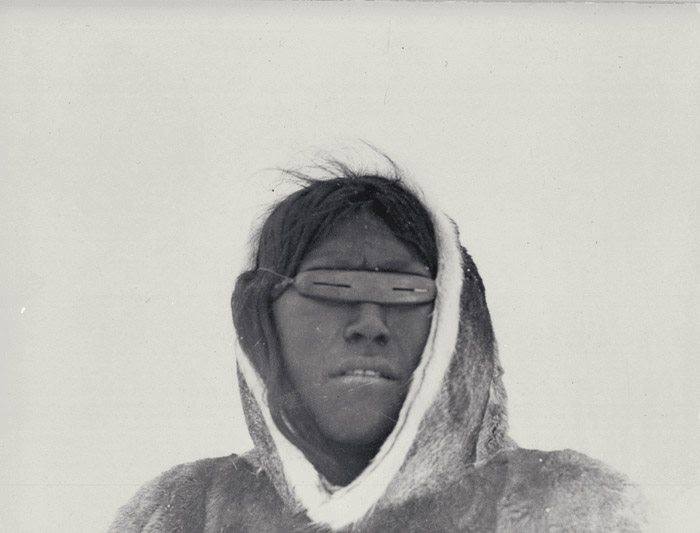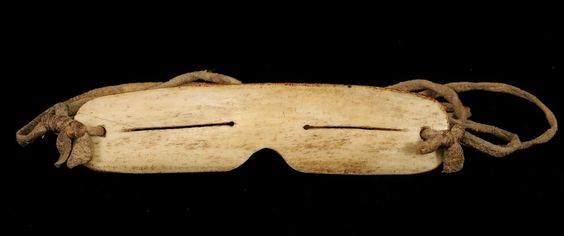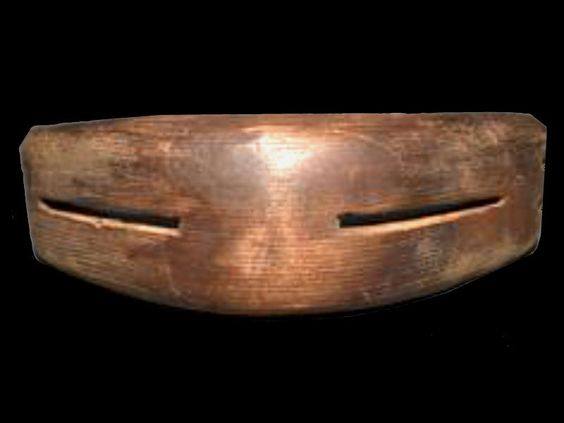INUIT SNOW GOGGLES
INUIT SNOW GOGGLES
Photos: Facebook community “Preservation of Indigenous art and culture” @Anthea Boden
Text: Wikipedia
These Inuit snow goggles against snow blindness are dated from 100BC. Snow blindness or photokeratitis, a type of temporary eye damage caused by snow reflecting UV light. The Inuit, Yupik, and other Arctic peoples carved snow goggles from materials such as driftwood or caribou antlers to help prevent snow blindness. Curved to fit the user’s face with a large groove cut in the back to allow for the nose, the goggles allowed in a small amount of light through a long thin slit cut along their length. The goggles were held to the head by a cord made of caribou sinew.[1]
References:
1. Mogens Norn (1996). Eskimo Snow Goggles in Danish and Greenlandic Museums, Their Protective and Optical Properties. Museum Tusculanum Press. pp. 3–. ISBN 978-87-635-1233-6.






